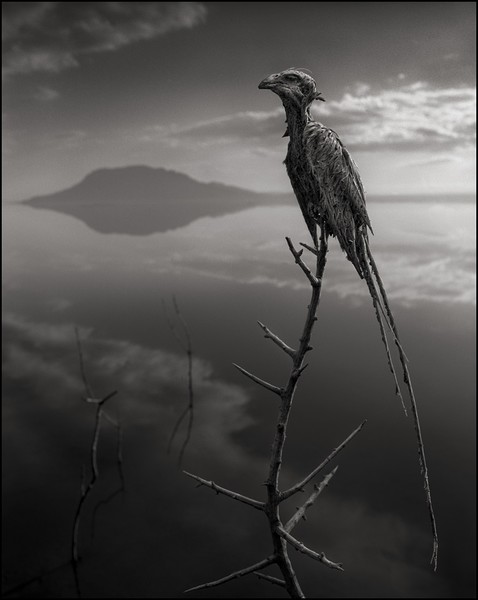
Its varied habitats make it a favorite and productive birding destination, with more than 270 species recorded. This Indianapolis park is one of the largest city parks in the country, with 3,900 acres of land area and 1,300 acres of reservoir. The park is a very popular summer destination for swimmers, picnickers, and other fun-seekers, so in that season birding is mostly confined to trails away from the beach. All three scoters, Long-tailed Duck, and Red-throated Loon are among the uncommon but regular migrants.

In fall and spring, time spent scanning Lake Michigan can turn up ducks, loons, grebes, jaegers, gulls, and terns.

Nesting birds here include Red-shouldered Hawk, Red-headed Woodpecker, Pileated Woodpecker, Wood Thrush, Ovenbird, Prothonotary Warbler, Prairie Warbler, Pine Warbler, Scarlet Tanager, and Baltimore Oriole. On the west side of the park is a bird observation platform, a good spot for searching the skies and treetops. Among the rarities seen here is the endangered Kirtland’s Warbler.

For many warblers and other songbirds, migration usually peaks in the first week of May. For land birds, locals favor Trail 2 (about 3 miles long), which includes a marsh boardwalk, and Trail 10 (5.5 miles long), sampling dunes and shoreline. Make a stop at the park’s nature center, on the eastern side, for advice and a trail map. Many migrating songbirds follow the shoreline as they travel to avoid crossing the huge water body. This park on the Lake Michigan shore boasts the highest species list of any Indiana site. Whether you’re a resident Hoosier or a visitor, your birding adventures in Indiana will likely add some lifers to your list and whet your appetite for more birding elsewhere.

The reputation of the restored wetlands at Goose Pond Fish and Wildlife Area grows by the year as its species list tops 280. Venture away from Lake Michigan’s shores to search for birds in marshes and lakes, a remnant prairie, and Hoosier National Forest in the south, where you’re likely to find a colorful mix of nesting songbirds. One of the largest city parks in the United States, Eagle Creek even has an Ornithology Center adjacent to the reservoir. The most popular single birding spot in the state, though, may be the expansive Eagle Creek Park in Indianapolis, where more than 270 species have been spotted over the years. At Indiana Dunes National Lakeshore and Indiana Dunes State Park you can find dozens of viewpoints from which to search for birds on the water and flying overhead. Indiana’s 40 miles of shoreline along Lake Michigan are home to many of its most-frequented birding destinations, with rarities like scoters, jaegers, and kittiwakes regularly sited here.


 0 kommentar(er)
0 kommentar(er)
